Championing biodiversity on our network
We're committed to playing our part in nature recovery now and in the years to come.
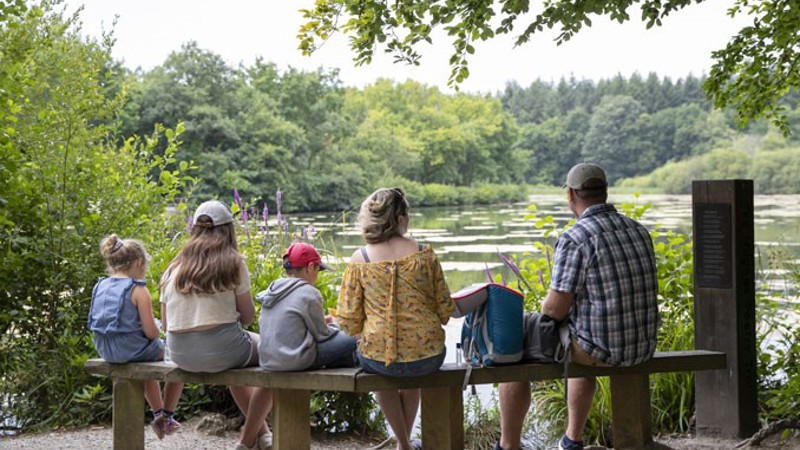
Share this article
Roads get us where we need to go and connect the country.
However, roads too often create barriers for nature - severing habitats and species.
In 2020, we set out to halt the decline of biodiversity across our activities by 2025.
We're proud to have met this challenging commitment to ‘no net loss’.
In doing so, we've become one of the country's leading biodiversity champions in terms of delivering biodiversity units.
But there's still lots to do.
Here are some examples of the work we’ve been doing to boost biodiversity, as well as:
- tackling issues like flooding
- creating unique spaces for people and wildlife
Working with the conservation sector
We've been working more and more with organisations in the conservation sector, including charities and small businesses. This helps us unlock expertise and achieve best value, for example:
Network for Nature
In our £11.5 million Network for Nature programme, we joined forces with The Wildlife Trusts to deliver 51 projects to:
- improve habitats across England
- benefit people, nature and wildlife
Learn more about Network for Nature.
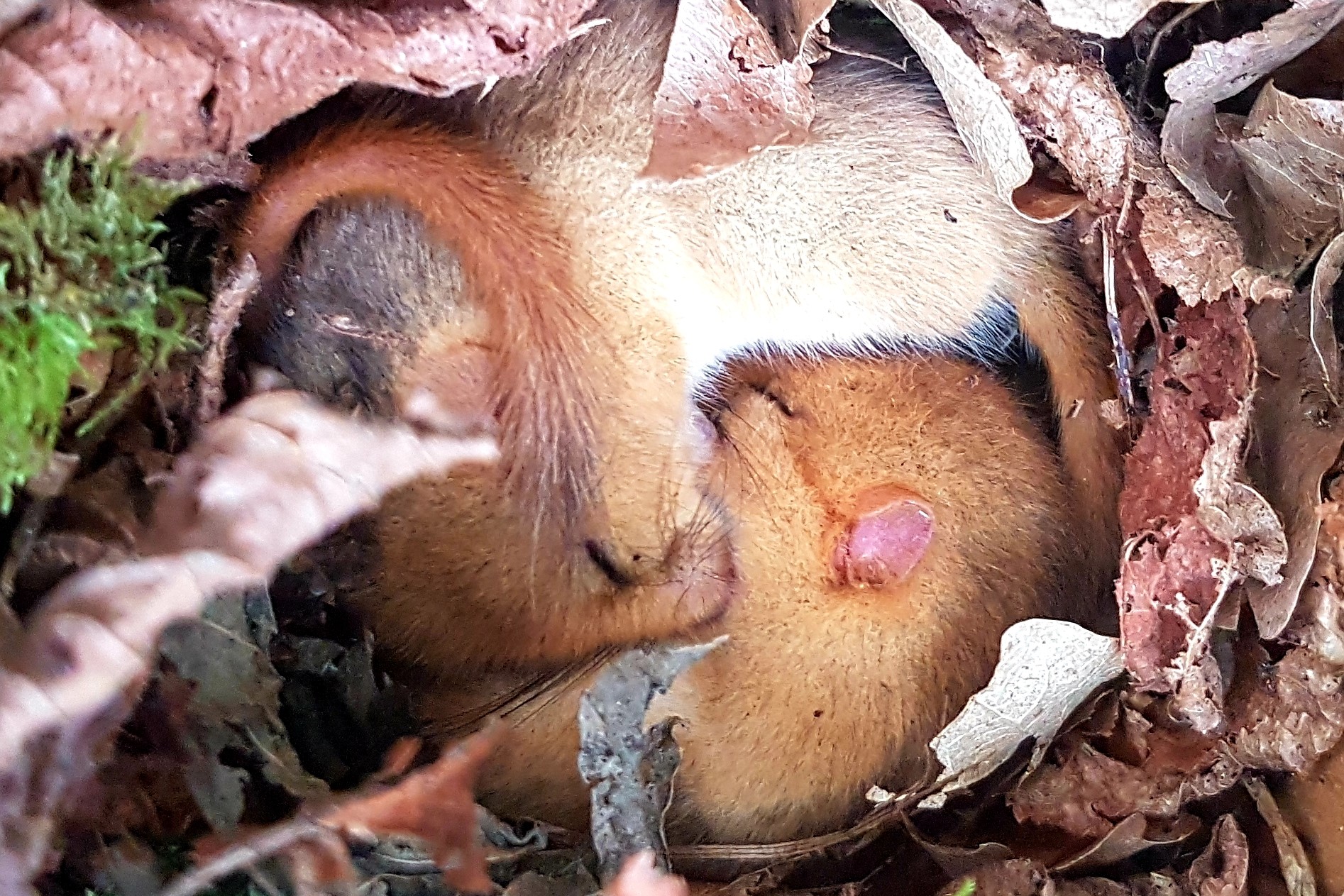
Meadow Makers
A biodiversity-boosting project led by Plantlife, the international conservation charity working for a world rich in wild plants and fungi.
Through Meadow Makers, we've worked with landowners to restore and create 100 hectares of species-rich grasslands across seven locations.
Learn more about Meadow Makers.

Nature-based solutions
Many of the projects we've delivered through these partnerships prioritise nature based solutions. This means working with nature to address climate and human-caused impacts.
These type of projects can bring multiple benefits for nature as well as reducing carbon and improving community life.
Reconnecting Fillongley
Faced with increased rainfall, we’re seeking nature-based solutions to problems previously solved by engineering.
Fillongley village, near the M6 in Warwickshire, is one example. It's been flooded six times since 2007, partly due to water runoff from the M6 motorway.
Wildlife has also suffered through loss of habitat, reduced air quality due to vehicle emissions and constant noise from traffic.
Through our Reconnecting Fillongley project, Warwickshire Wildlife Trust worked with farmers and landowners.
Together, they created a network of 15 wildlife-rich wetlands and pools and 3km of riverside enhancements.
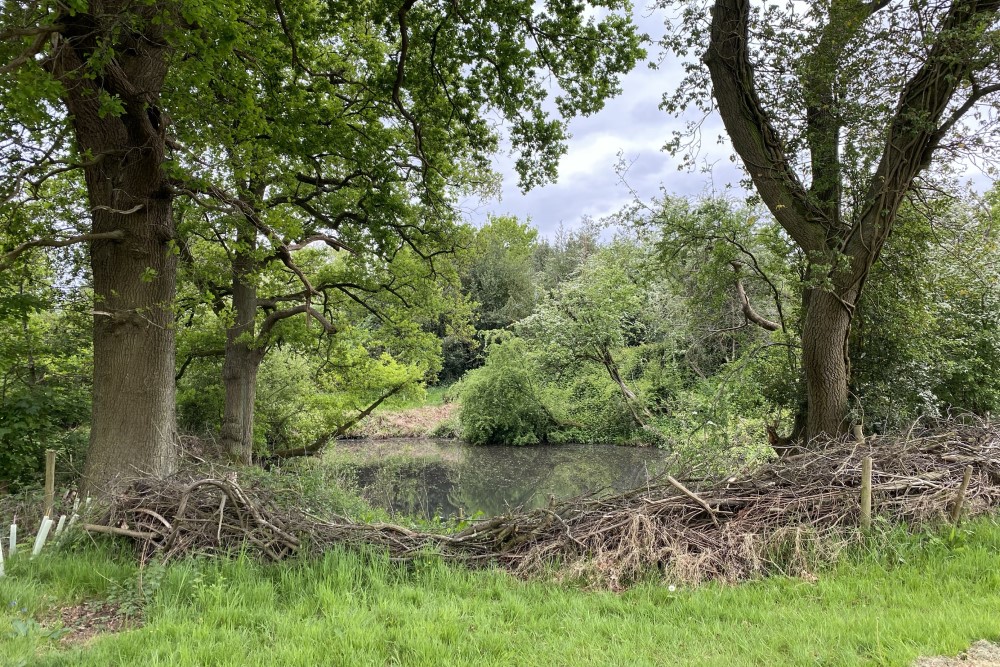
Pools and wetlands help store and slowly release water - reducing the risk of flooding to nearby land. They also help provide biodiverse habitats.
The project provides habitat for frogs, newts and aquatic wildlife as well as species currently in decline. These include farmland birds, water voles and wading birds.
Local people will help monitor the project and how it's helping local biodiversity in this ancient Arden landscape.
The project will also:
- restore over 2km of hedgerow
- create 15 hectares of new wildflower-rich meadows
Other examples of our projects include:
A47, Norfolk
Providing fresh water to more than 300 hectares of arable land and creating new wetland habitats
Shap Fells, Cumbria
Restoring 50 hectares of degraded peatland, supporting nature, capturing carbon and preventing flooding in partnership with Network for Nature.
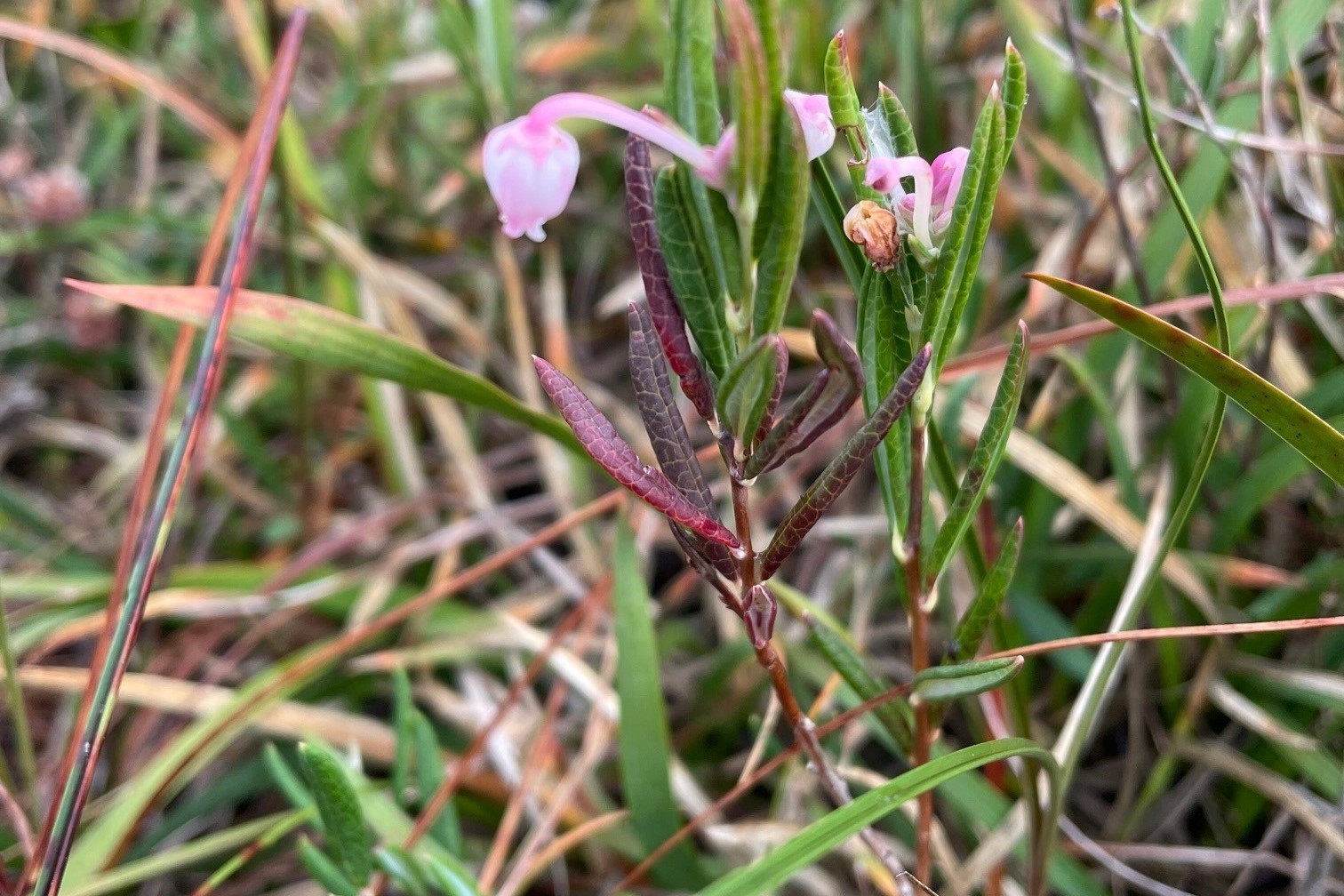
Sandyforth Green Gateway
The Sandyforth Green Gateway runs alongside the northbound M6 at Bryn. This project has rejuvenated part of the Wigan landscape scarred by years of opencast mining
Green bridges
Green bridges are becoming an important part of sustainable infrastructure projects by:
- creating safe crossing points for wildlife and people
- joining up habitats and connecting wildlife colonies, making them more resilient
- improving road safety
- integrating roads and railways into the surrounding landscape
We plan green bridges into our projects at the design stage. They're placed at key locations to connect habitats and species. We use local soil to cover the structures and plant a variety of local trees, shrubs and other vegetation to encourage wildlife use.
We're set to double the number of green bridges across our Strategic Road Network within the next two years.
We have two existing green bridges on our network:
- over the A556 near Chester
- over the A21 at Scotney Castle in Kent
We're building three more:
The A30 in Cornwall
We're building a new green bridge as part of the A30 Chiverton to Carland Cross upgrade.
Situated at Marazanvose, the bridge will provide a bridleway and crossing point for people and animals alike.
M25 J10 Wisley interchange, Surrey
The Cockrow green bridge will connect Wisley and Ockham Commons for the first time in 50 years.
It's the UK’s first heathland green bridge.
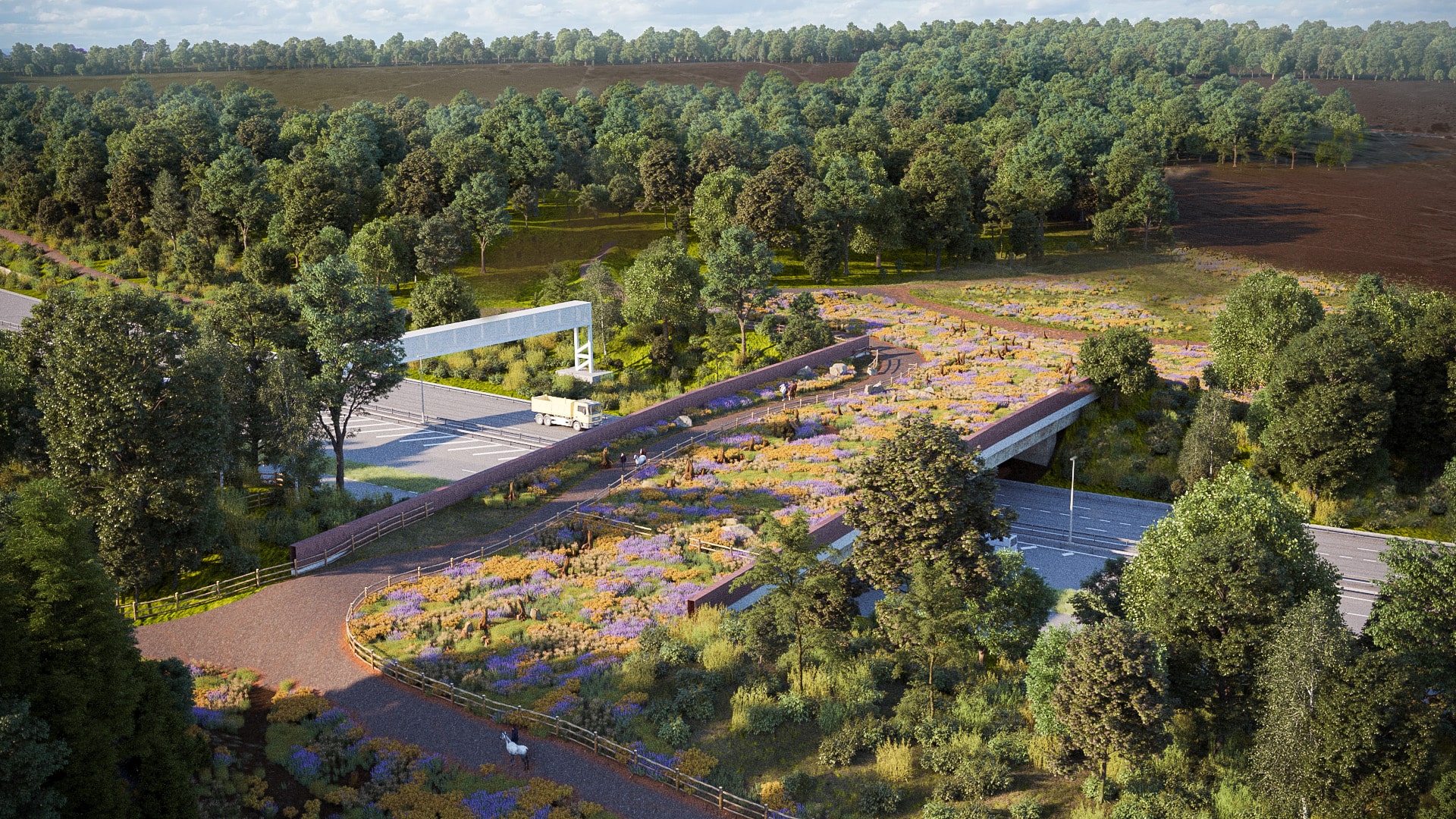
A417 near Gloucester
This muti-purpose bridge won't just provide better connectivity for wildlife. It will also include a footpath and a bridleway for horse riders.
Planting on the bridge will mirror the surrounding landscape, including 27-metres of grassland and hedgerows.
We're also planning a further 7 green bridges as part of our Lower Thames Crossing scheme.
What you can do to help
Take part in No Mow May.
Become a citizen scientist.
Take part in the RSPB wild challenge.
Designated Funds
Many of these improvements have been made possible by our Designated Fund for environment and wellbeing.
This is money allocated to help us operate our business in an environmentally responsible way.
It also helps us make sure that sustainability shapes our work from start to finish.
Discover our Designated Funds, and find out more about our Environmental Sustainability Strategy.
Measuring biodiversity
A biodiversity unit is a standardised measure.
It's used by ecologists to measure biodiversity consistently across different project and environments.
Across more than 150 different projects, we've delivered more than 6500 biodiversity units since 2020.
Watch Natural England's video explaining biodiversity net gain.
